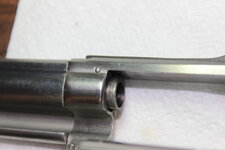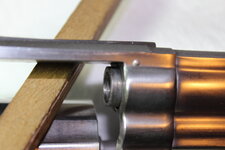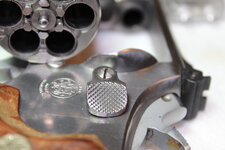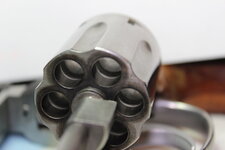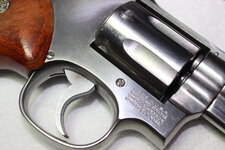Platinum Supporter
Gold Supporter
Silver Supporter
Bronze Supporter
- Messages
- 2,155
- Reactions
- 5,879
- Thread Starter
- #21
His has a stamp on the right side of the frame and mine is stamped on the left side...??
Here's one I saw on gunbroker sold items. Others seemed to be from upper 700's on. But this one seems to be real close to what you got there. Hope it helps some.
Sold for $900.00... HOLY CHKHUK!!!! I'll his buyer mine for 850...

Dan








